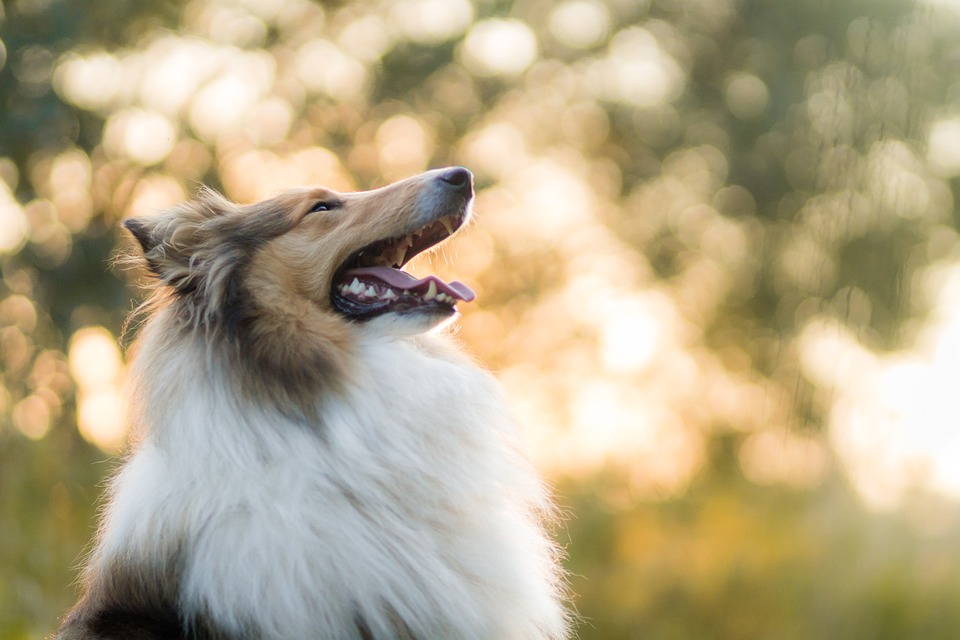**Title: Helping Dogs Cope with Thunderstorm Anxiety: A Comprehensive Guide**
**Introduction**
As a dog owner, witnessing your furry friend experience intense anxiety during thunderstorms can be distressing. Thunderstorm anxiety is a common issue among dogs, but there are various strategies and techniques you can employ to ease their distress. In this article, we will explore effective ways to help your dog cope with thunderstorm anxiety, providing you with insights and practical solutions.
**Understanding Thunderstorm Anxiety in Dogs**
Thunderstorm anxiety, also known as astraphobia, is a fear response triggered by the loud noises, lightning, and atmospheric changes associated with thunderstorms. Dogs may exhibit a range of symptoms during thunderstorms, including trembling, panting, pacing, hiding, excessive barking, destructiveness, and even attempting to escape.
It is essential to address thunderstorm anxiety promptly, as prolonged distress can have a detrimental impact on your dog’s overall well-being. By implementing the following strategies, you can help alleviate your dog’s anxiety and create a more peaceful environment during storms.
**Creating a Safe and Comforting Environment**
1. **Designate a Safe Space:** Set up a designated area where your dog can retreat to during thunderstorms. This space should be cozy and secure, preferably in an interior room or basement, away from windows and external noise. Consider adding familiar bedding, toys, and a piece of clothing with your scent to provide comfort.
2. **Soundproofing Techniques:** Reduce the intensity of external noise by closing windows, using curtains or blinds, and insulating the room. Additionally, playing calm and soothing music or white noise can help mask the sound of thunder.
3. **Calming Products:** Explore the use of calming products such as anxiety wraps, pheromone diffusers, or natural remedies like lavender or chamomile to promote relaxation. Consult with your veterinarian to find the most suitable options for your dog.
**Behavioral Techniques to Minimize Anxiety**
1. **Counterconditioning and Desensitization:** Gradually expose your dog to the sights and sounds associated with thunderstorms in a controlled manner, while simultaneously providing positive reinforcement. Start with low-intensity stimuli, such as playing thunderstorm sounds at a low volume, and reward your dog with treats or praise for calm behavior. Gradually increase the intensity over time.
2. **Distraction and Engaging Activities:** Divert your dog’s attention during thunderstorms by engaging them in enjoyable activities they love, such as puzzle toys, obedience training, or interactive play. This can help redirect their focus and alleviate anxiety.
3. **Seek Professional Training:** Consult with a professional dog trainer or veterinary behaviorist who specializes in anxiety-related issues. They can provide tailored advice, behavior modification techniques, or even recommend medication in severe cases.
**Frequently Asked Questions (FAQs)**
**Q1: Can thunderstorm anxiety be prevented in dogs?**
While it may not be possible to prevent thunderstorm anxiety entirely, early socialization, exposing puppies to various stimuli, and positive reinforcement can help minimize the likelihood of developing severe anxiety later in life.
**Q2: Are there medications available to help dogs with thunderstorm anxiety?**
In some cases, veterinarians may prescribe anti-anxiety medications or sedatives to help dogs cope with thunderstorm anxiety. However, these should be used under professional guidance and as a last resort.
**Q3: Is it okay to comfort my dog during a thunderstorm?**
Absolutely! Offering comfort and reassurance to your dog during a thunderstorm can be beneficial. However, it is essential to strike a balance between providing support and inadvertently reinforcing fearful behavior. Comforting should be done in a calm and confident manner.
**Conclusion**
With patience, understanding, and the implementation of appropriate strategies, you can help your dog navigate through thunderstorm anxiety. Remember, each dog is unique, and finding the right combination of techniques may require some trial and error. By creating a safe haven and employing behavioral techniques, you can significantly improve your dog’s ability to cope with thunderstorms, ultimately leading to a happier and more peaceful experience for both of you.









